DIVERSITY
DOMAINS OF LIFE
ARCHAEA

Prokaryotic, have cell walls w/ no peptidoglycan, unicellular, extremophiles eg; salt (halophiles), heat (thermoacidophiles) , methane (methanogens), have ribosome, grow asexually, anaerobic (may live w/o oxygen)
BACTERIA
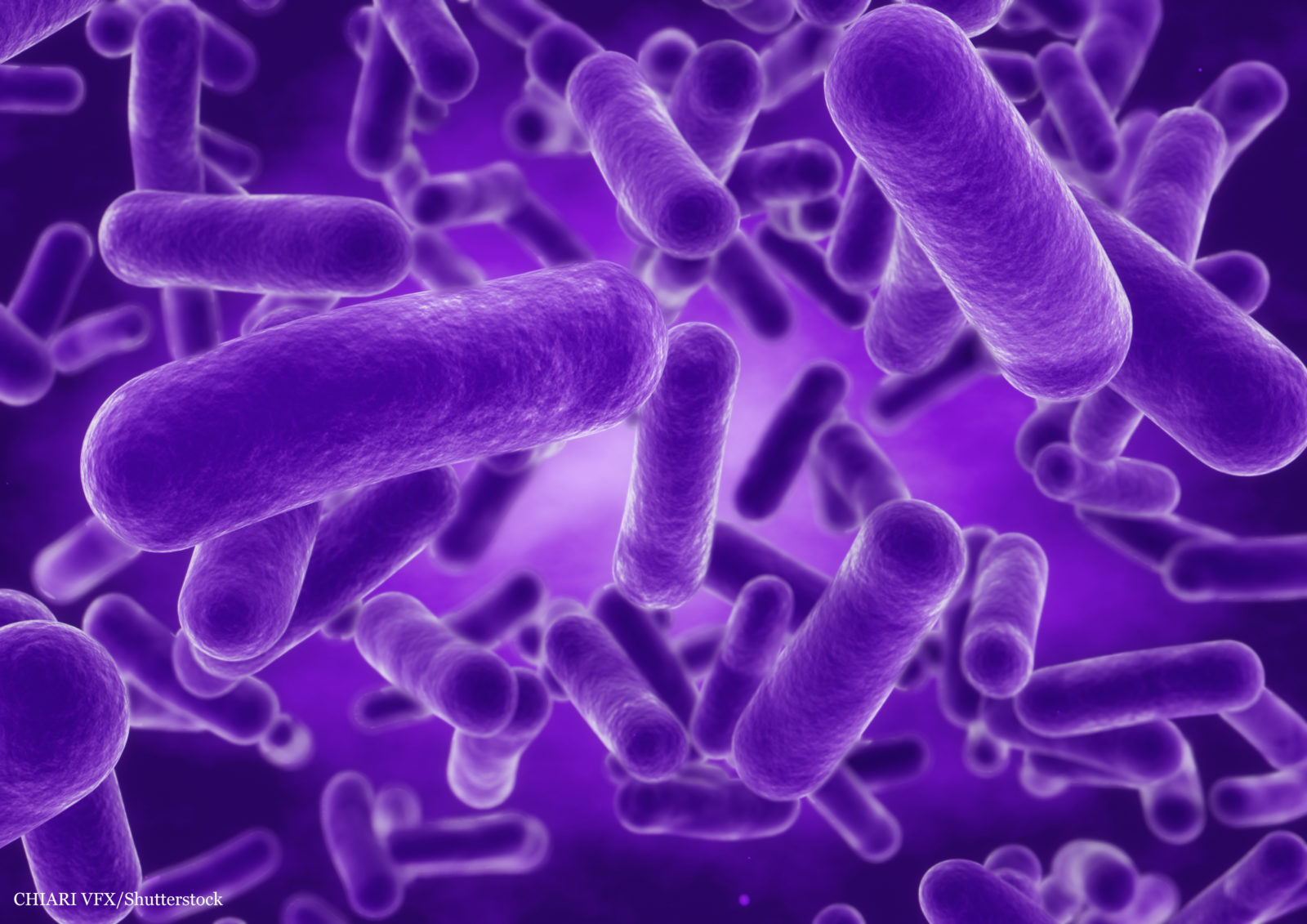
Prokaryotic, have ribosome, live in soil, plants, animals etc., grow asexually through binary fission, budding & fragmentation)
EUKARYOTA
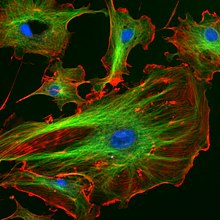
Eukaryotic or membrane- bound nucleus, contains protista, fungi, animalia and plants.
KINGDOMS
EUBACTERIA
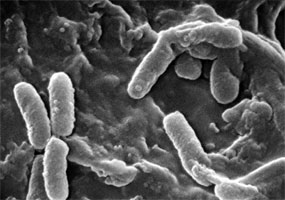
Prokaryotic ,very small, has a cell wall with peptidoglycan, unicellular
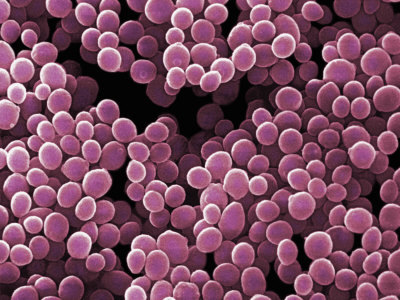
Pherical; coccus (streptococcus)

Spiral ; (spirillum)
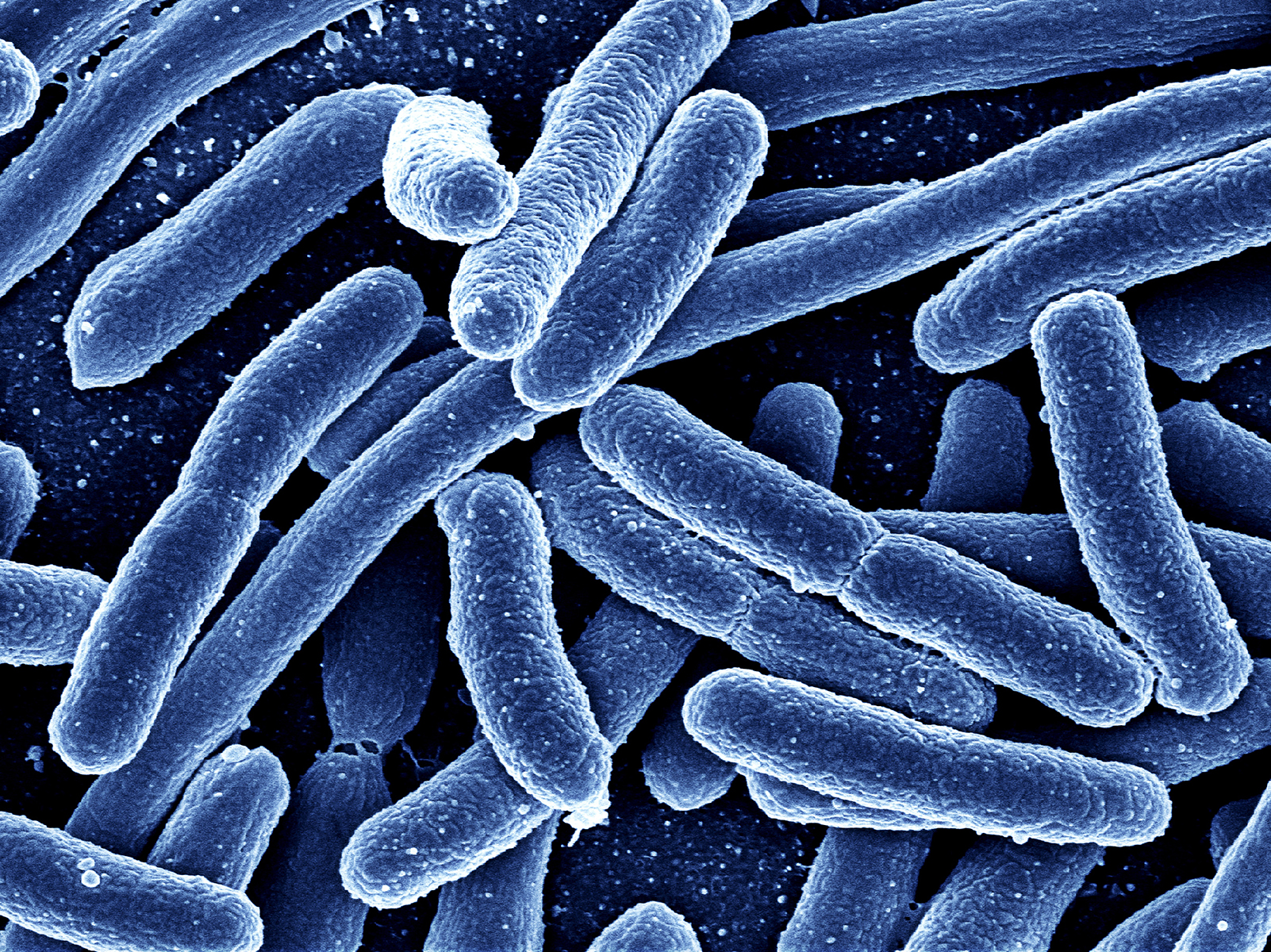
Rod- shaped; bacillus (e-coli)
ARCHAEBACTERIA

Unicellular, prokaryotic,, cell walls w/ no peptidoglycan , anaerobic, asexually reproduction (binary fission), autotrophs and heterotrophs
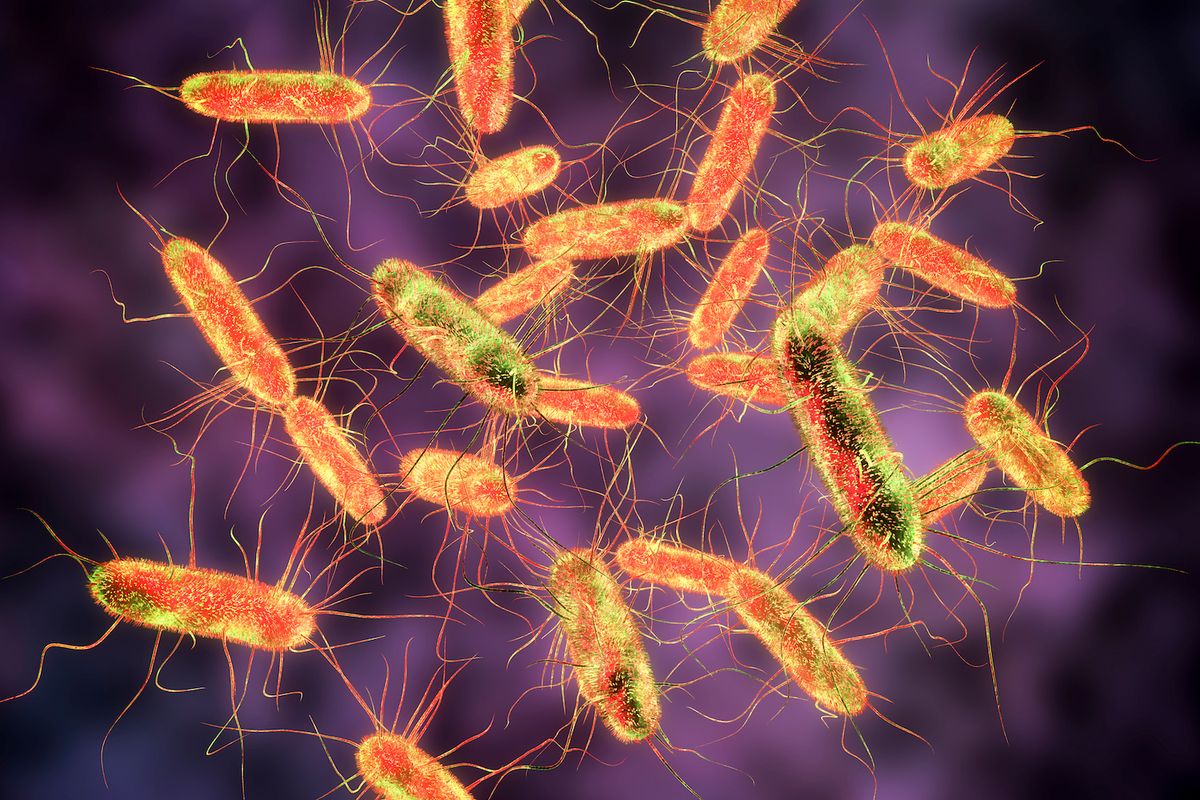
Representative species; salmonella
PROTISTA

Unicellular (some are multicellular) , aquatic, motile, can move using flagella, cilia or pseudopods, heterotrophic or autotrophic, and can reproduce asexually or sexually.
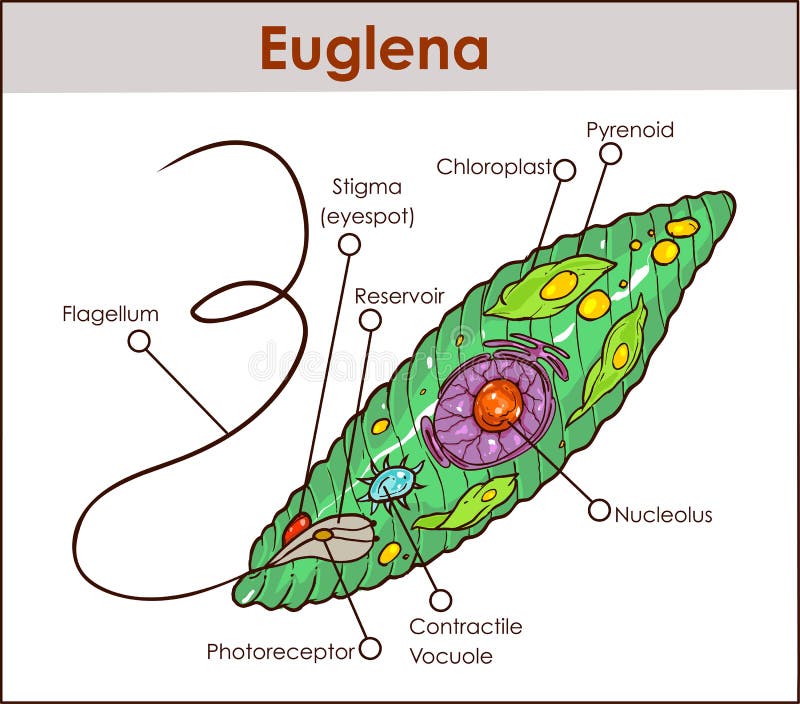
Plant-Like get their energy from sunlight through photosynthesis

Brown Algae
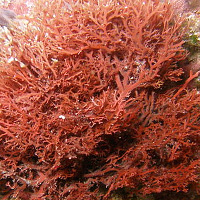
Red Algae

Diatoms
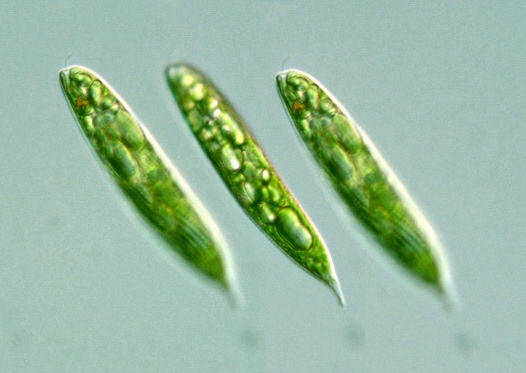
Euglena

Fungi- Like decompose decaying matter

Slime Molds

Water Molds
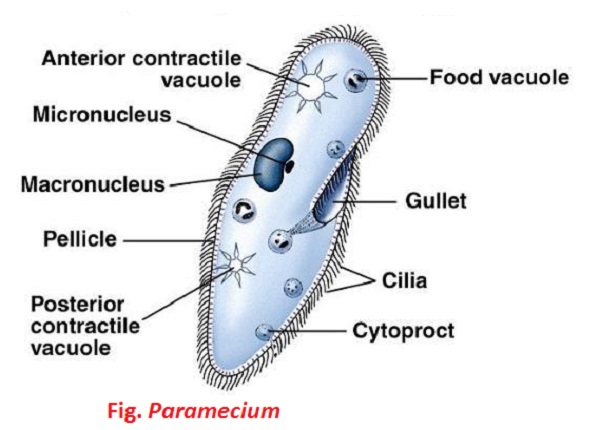
Animal- Like must "eat" or ingest food; some use their tail to eat

Ciliophora eg; paramecium (move by beating cilia)

Zoomastigina eg; giardia (move by use of flagella)
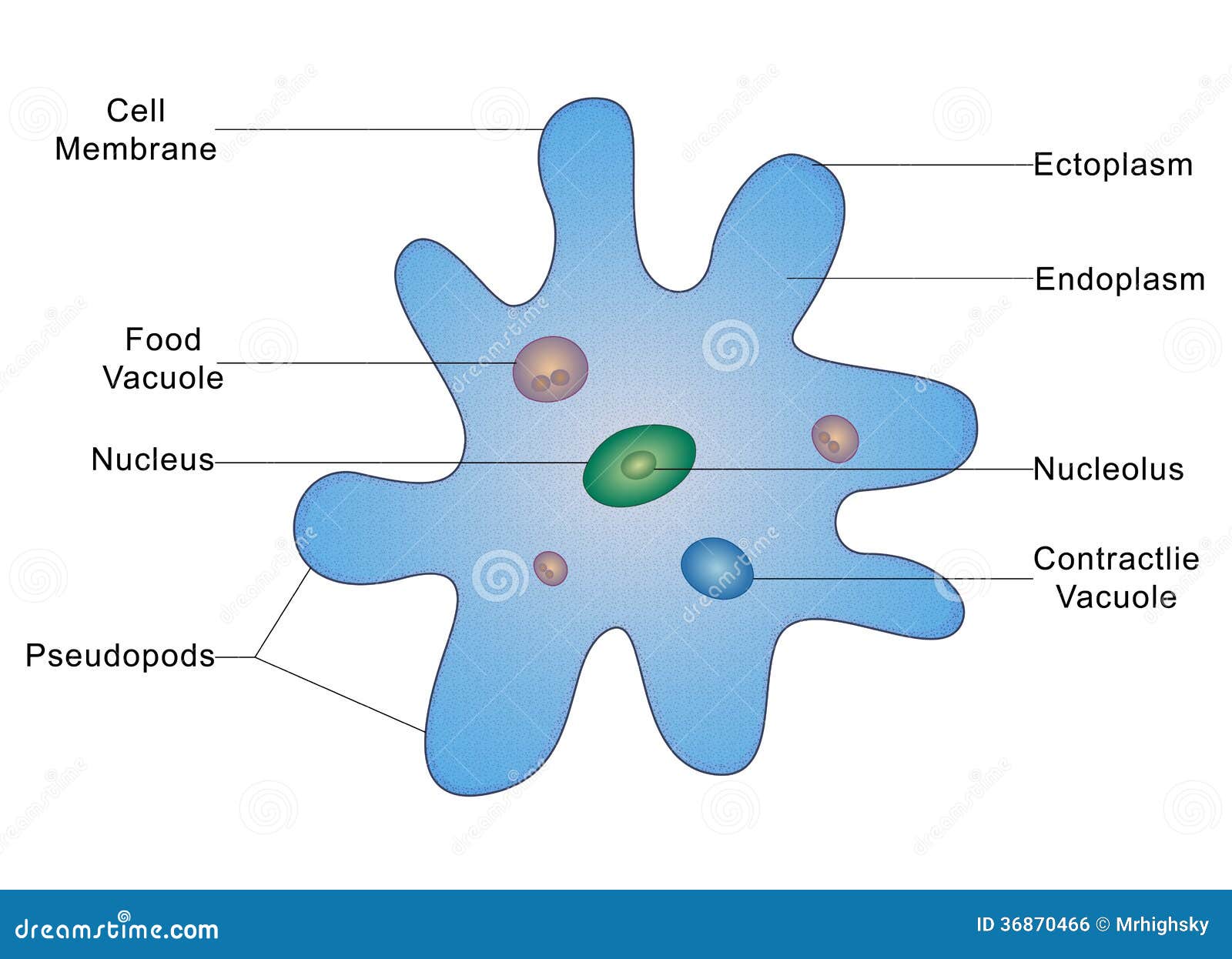
Sarcodina eg; ameba (move by pseudopods)
Sporozoa eg; plasmodium (non-motile typically)
FUNGI
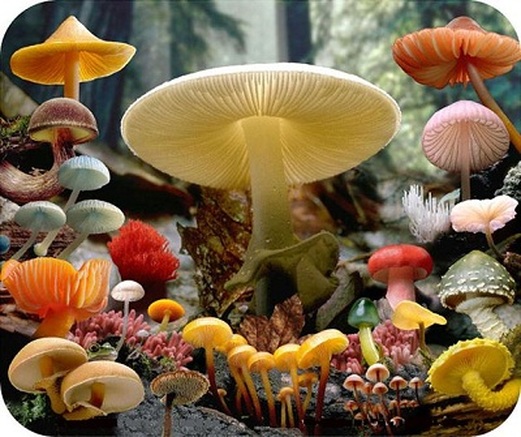
Obtain energy decomposing dead matter, has mycelium & cap
Ascomycota
Sexual reproduction ascopores are formed inside a sac called an ascus; asexual reproduction is common as well

Morels
Zygomycota
Develop sexually & asexually; fusion of hyphae leads to formation of a zygote meiosis then occurs before germination

Rhizopus (black bread mold)
Chytridiomycota
Asexual reproduction occurs through the release of these zoospores derived through mitosis. In some members, sexual reproduction is achieved through the fusion of isogametes.

Chytrids
Basidiomycota
Reproduce sexually via the formation of specialized club-shaped end cells called basidia that normally bear external meiospores (usually four)

Mushrooms
PLANTS
Has the organs; roots (take up water from soil) , stem(carries everything & keeps it contained also allows plant to stand tall), leaves (waxy cuticle keeps water inside, has vascular tissue; xylem and phloem, CO2 enters & oxygen exits through epidermal tissue called stomata which is controlled by stomata) and flower or fruit
Bryophytes
Non vascular (no tubing; cannot transport water & nutrients) Limited in size generally found in moist habitats (DUE TO BEING NON VASCULAR PLANTS NEED WATER TO SURVIVE!)

Mosses

Liverworts

Hornworts
Seedless Vascular
Has vascular tissue, lives in moist habitats (motile sperm swims to an egg) and grow towards the sun
Whisk Ferns

Club Mosses
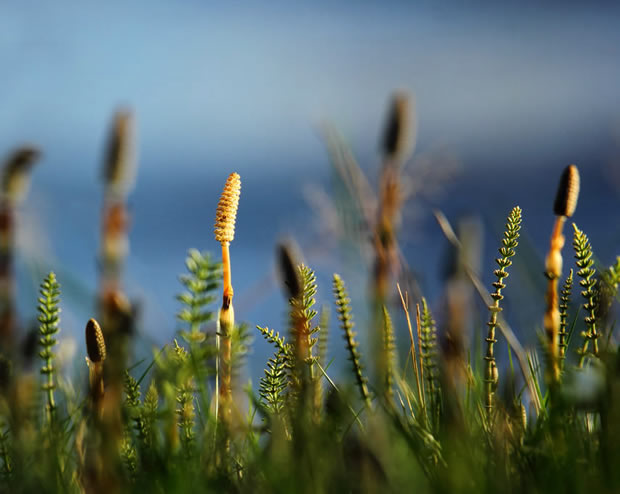
Horse Tails
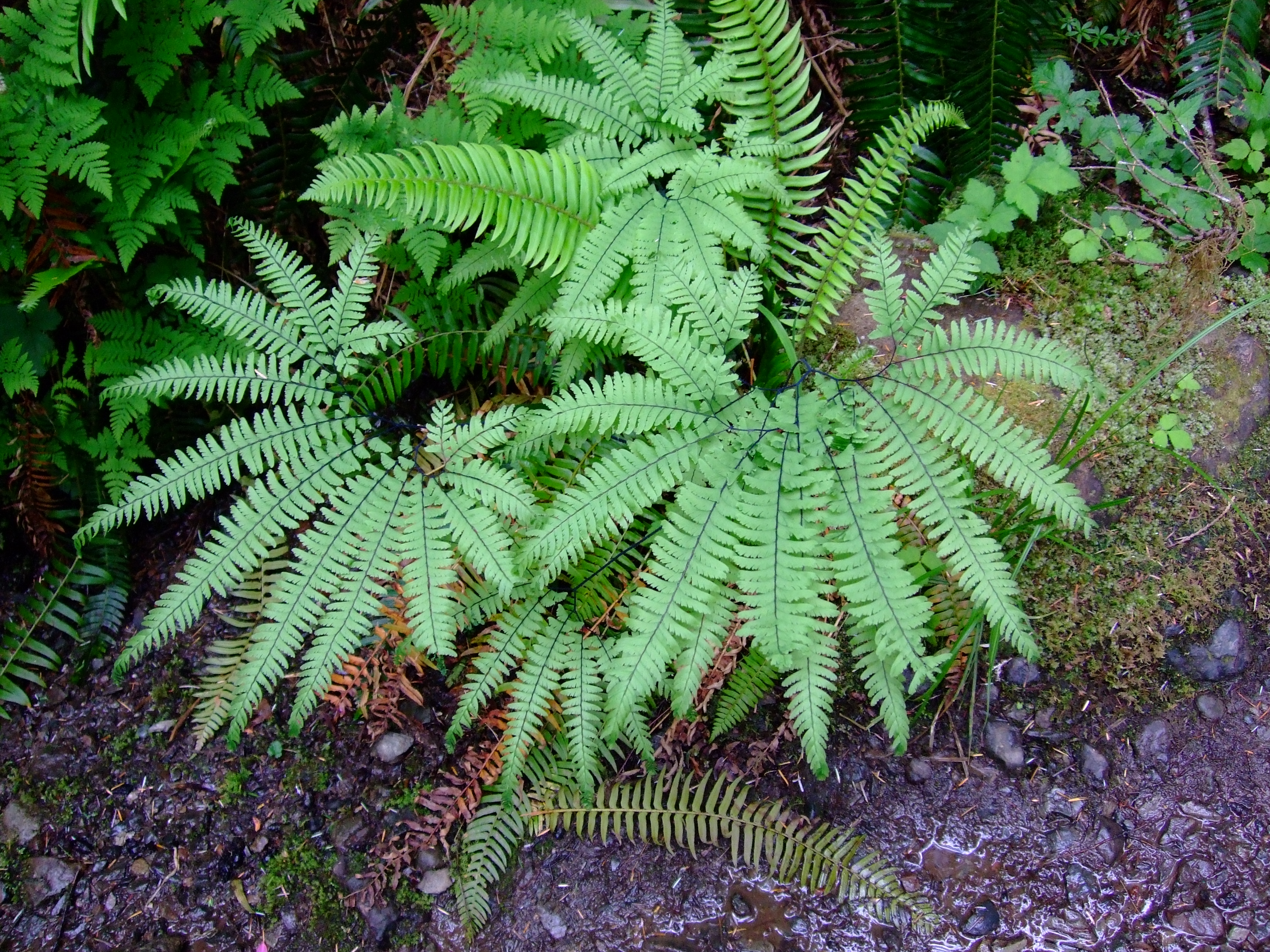
Ferns
Gymnosperms
Naked seeds, seeds are not encased within an ovary

Conifers

Cycads

Ginkgo
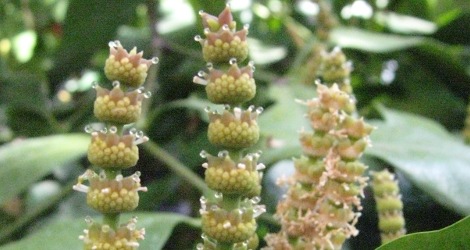
Gnetophytes
Angiosperms
Flowering plants (reproduction takes place within the flowers, insects like bees allow for dispersal or their gametes and seeds
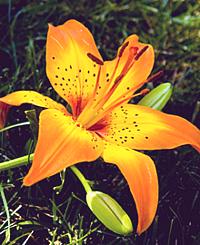
Monocots

Dicots
ANIMALS
Animals are heterotrophs, diploid, multicellular, and develop from a blastula( except for sponges).
Porifera

Sponges
Mollucs
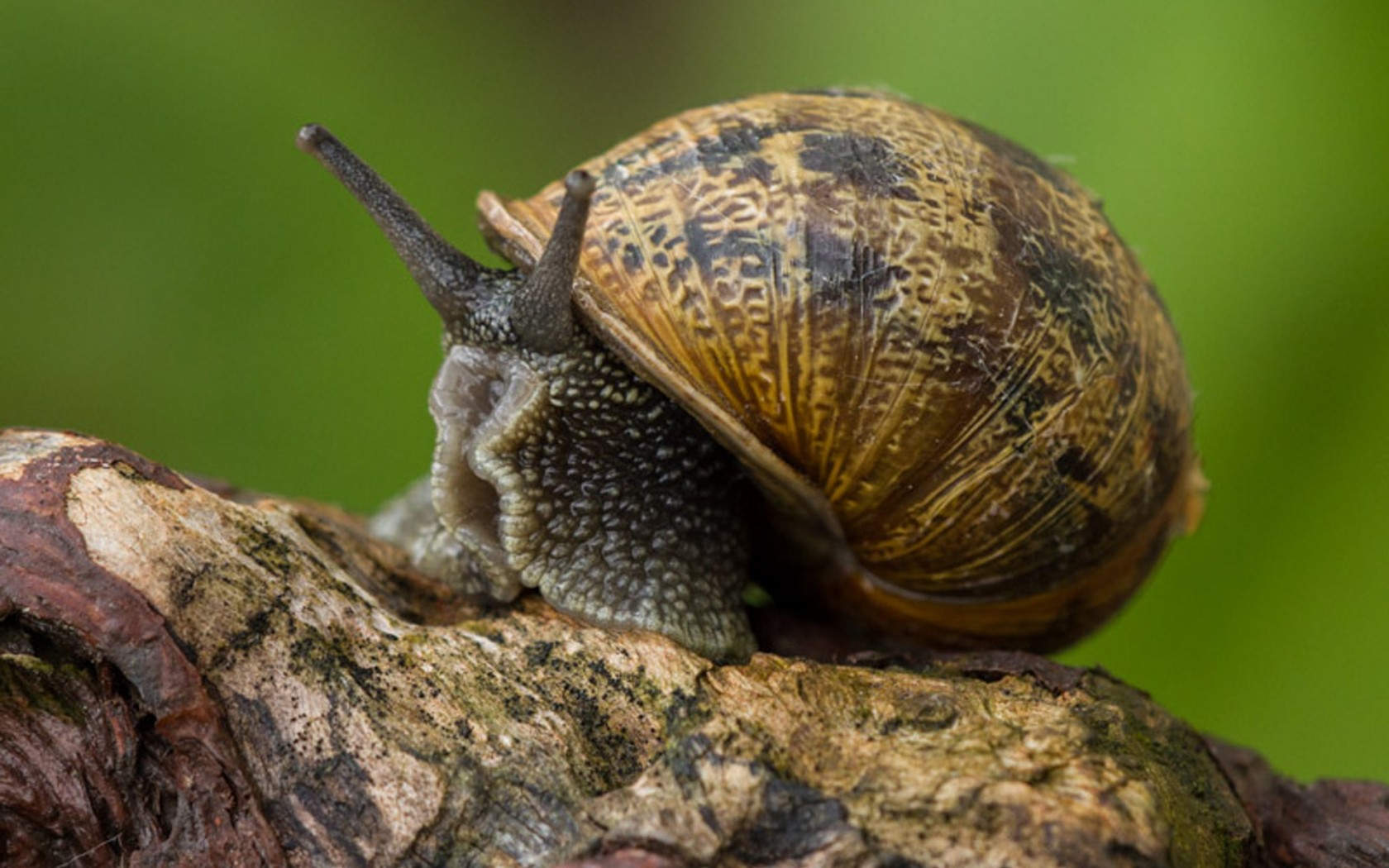
Snails
Cnidaria

Jellyfish
Platyhelminthes
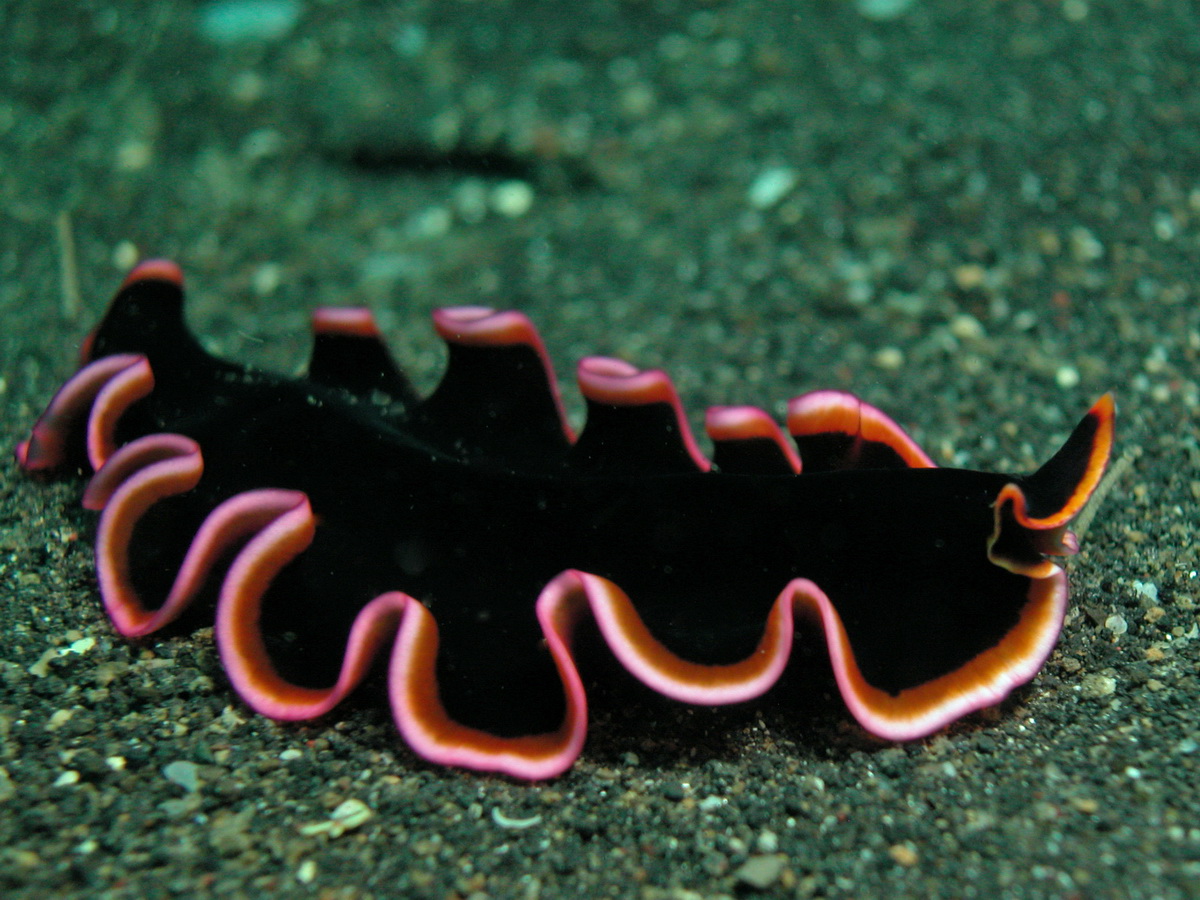
Flatworms
Nematodes

Hookworms
Chordates

Lion

Tunacates
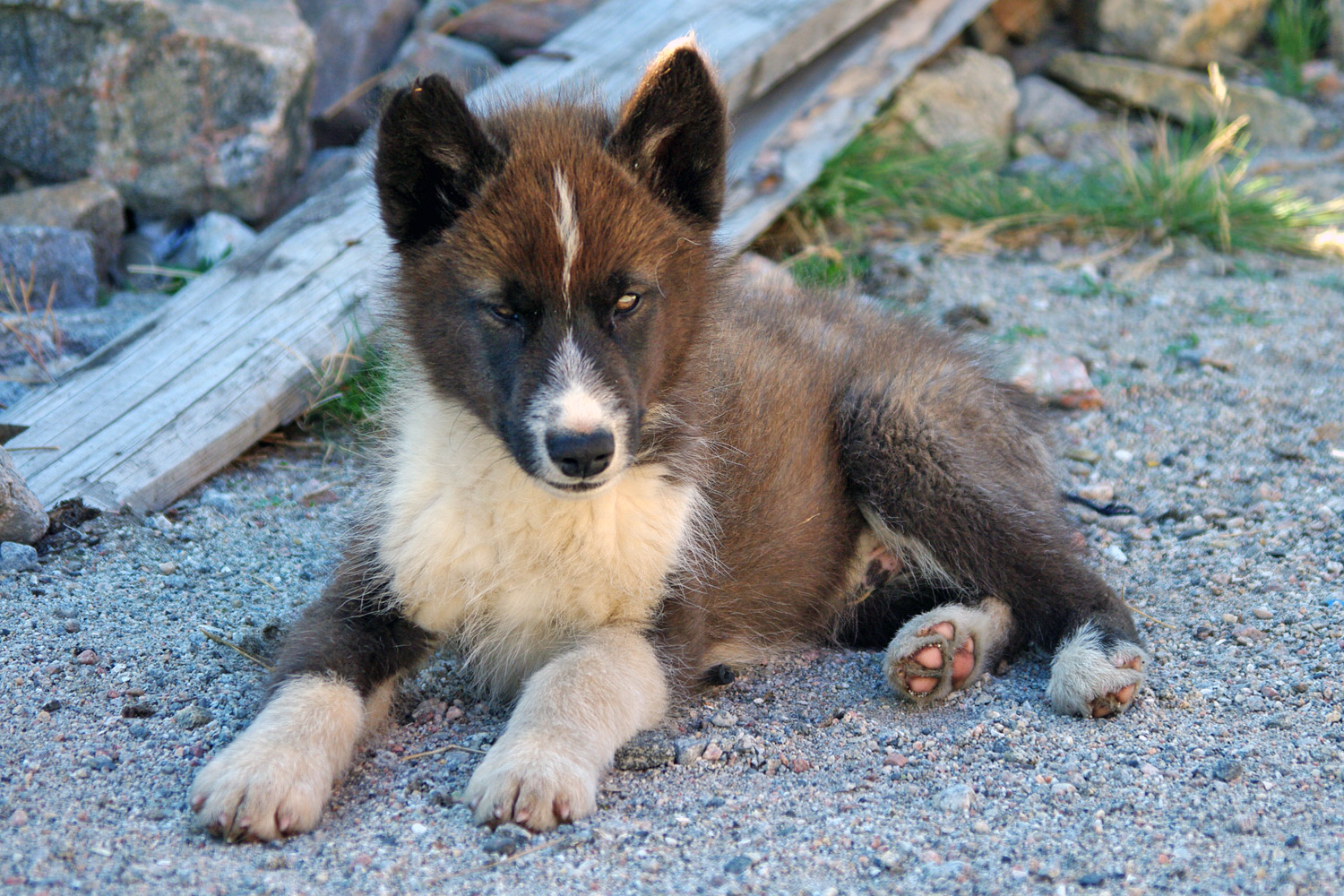
Vertebrate
Agnathans
Chondrichthyes
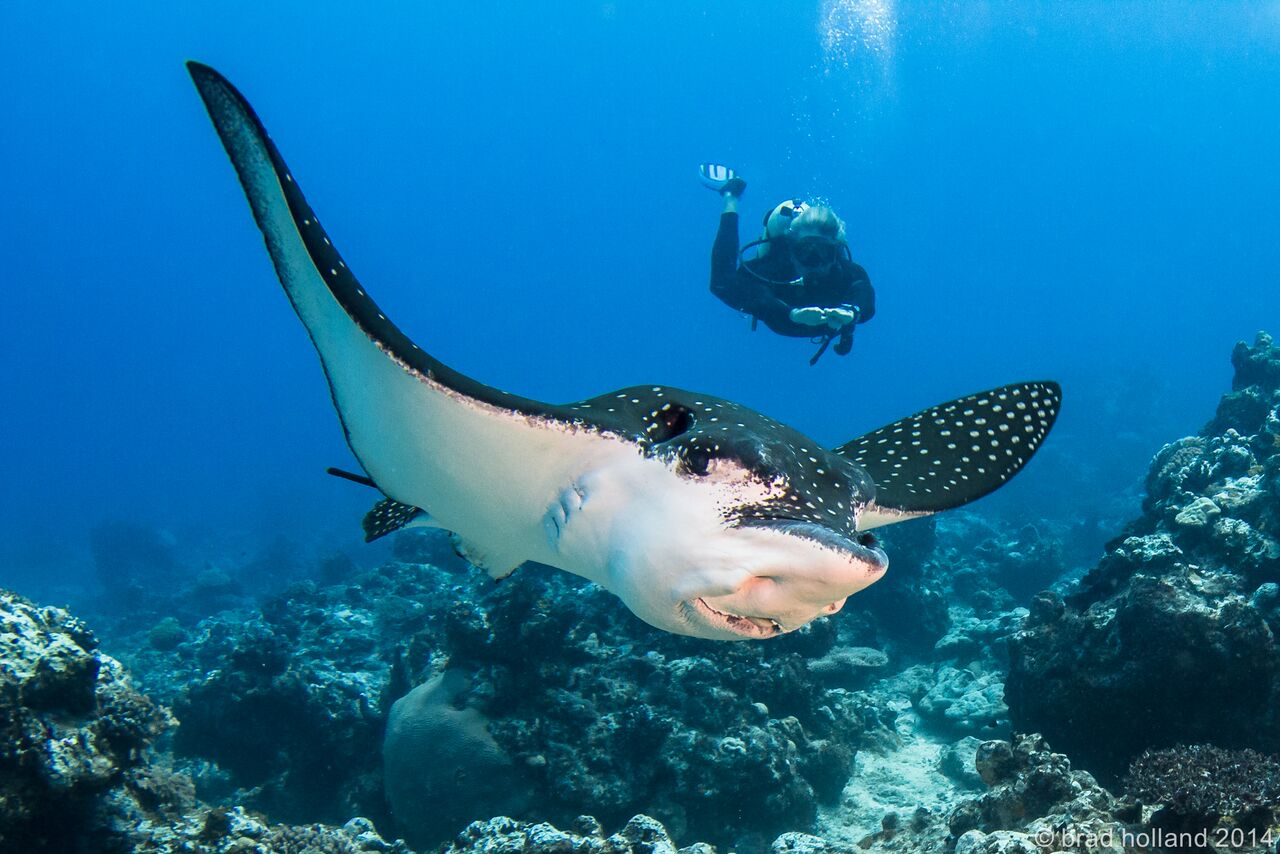
Aquatic animals; includes Manta Ray
Osteichthyes

Aquatic animals; includes carp
Amphibia
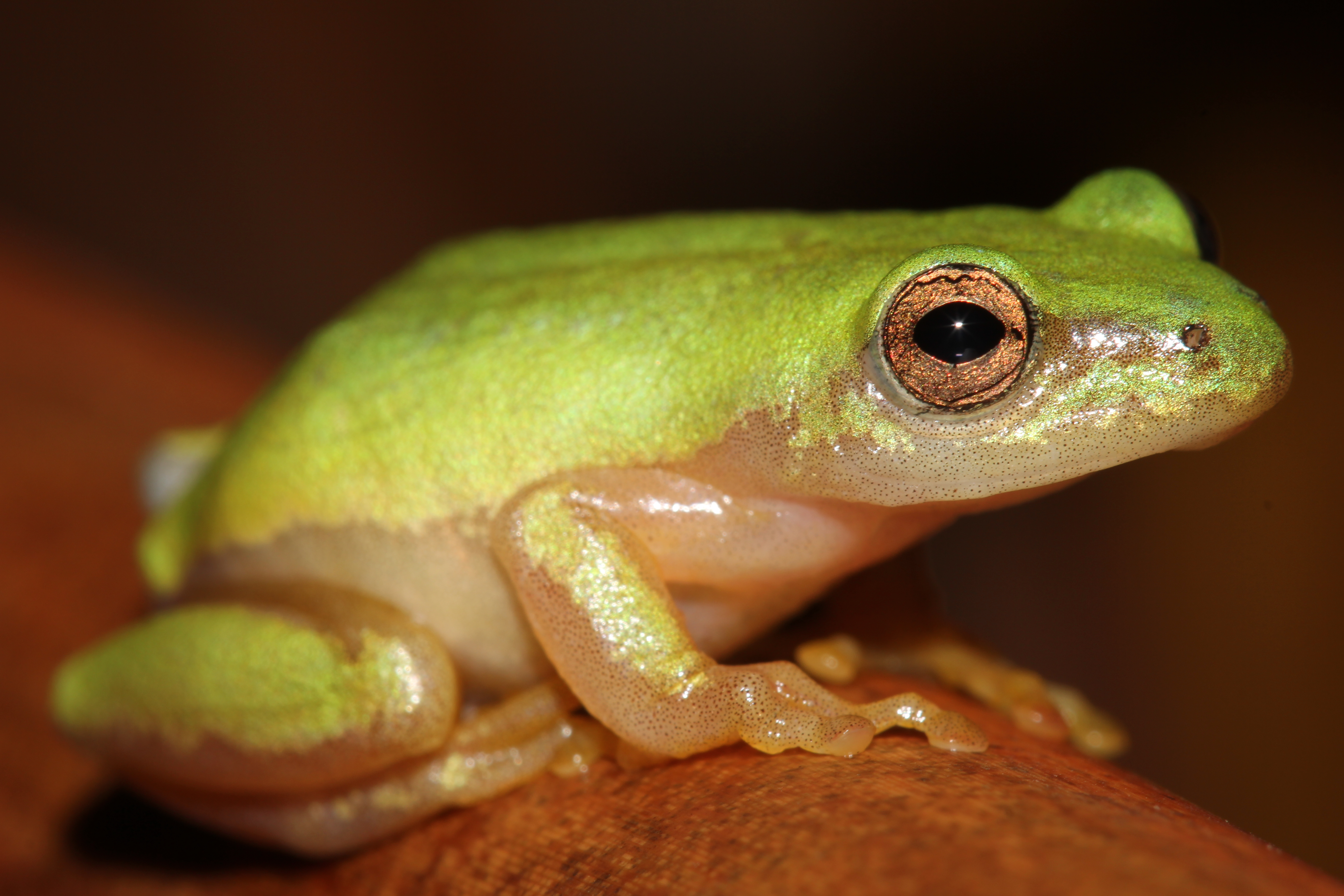
Have moist, water tight skin to survive on land; includes frogs
Gnathostomata
Reptilia

Scaly animals, can also survive in both land and water; includes crocodiles
Aves
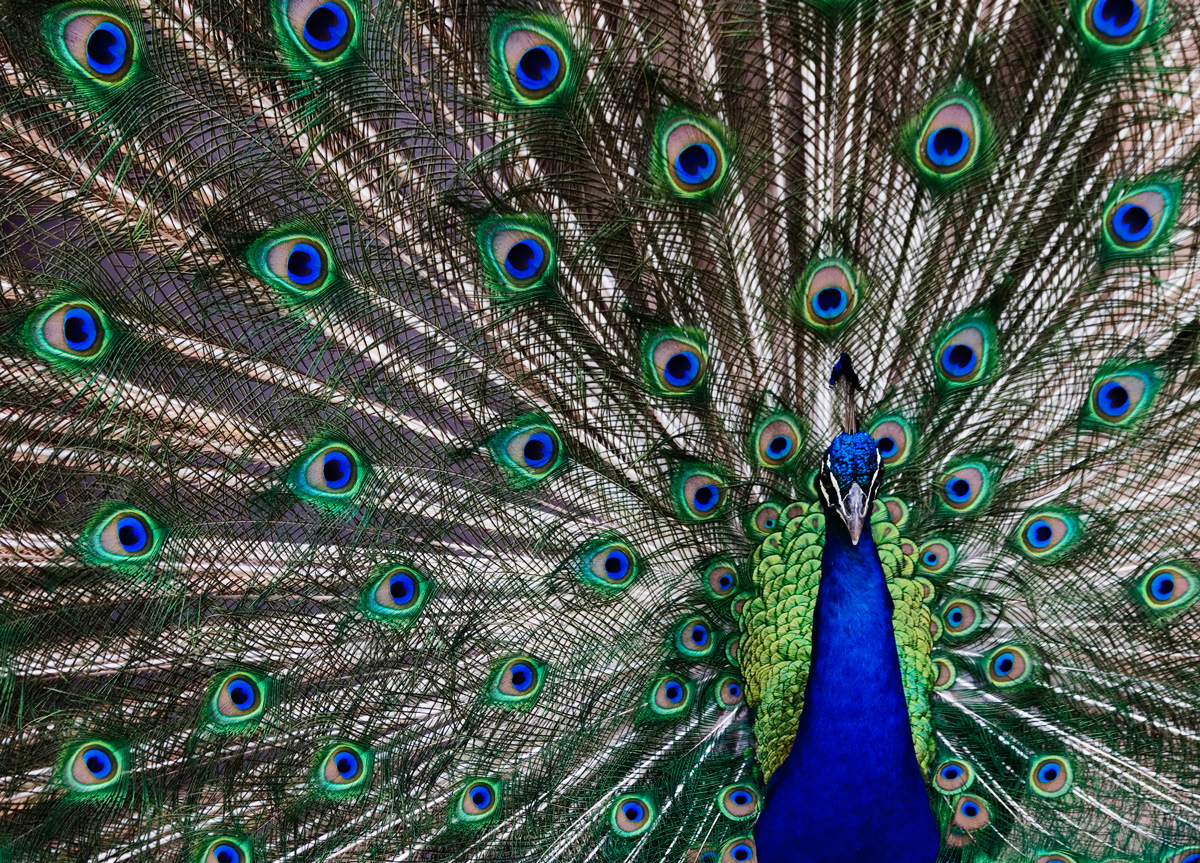
Completely land animals, prey on aquatic animals using long beaks; includes peacock
Mammalia

Land animals can also survive in water for limited amount of time
MAJOR GROUPING: Monotreme

Lays eggs
MAJOR GROUPING:
Marsupials
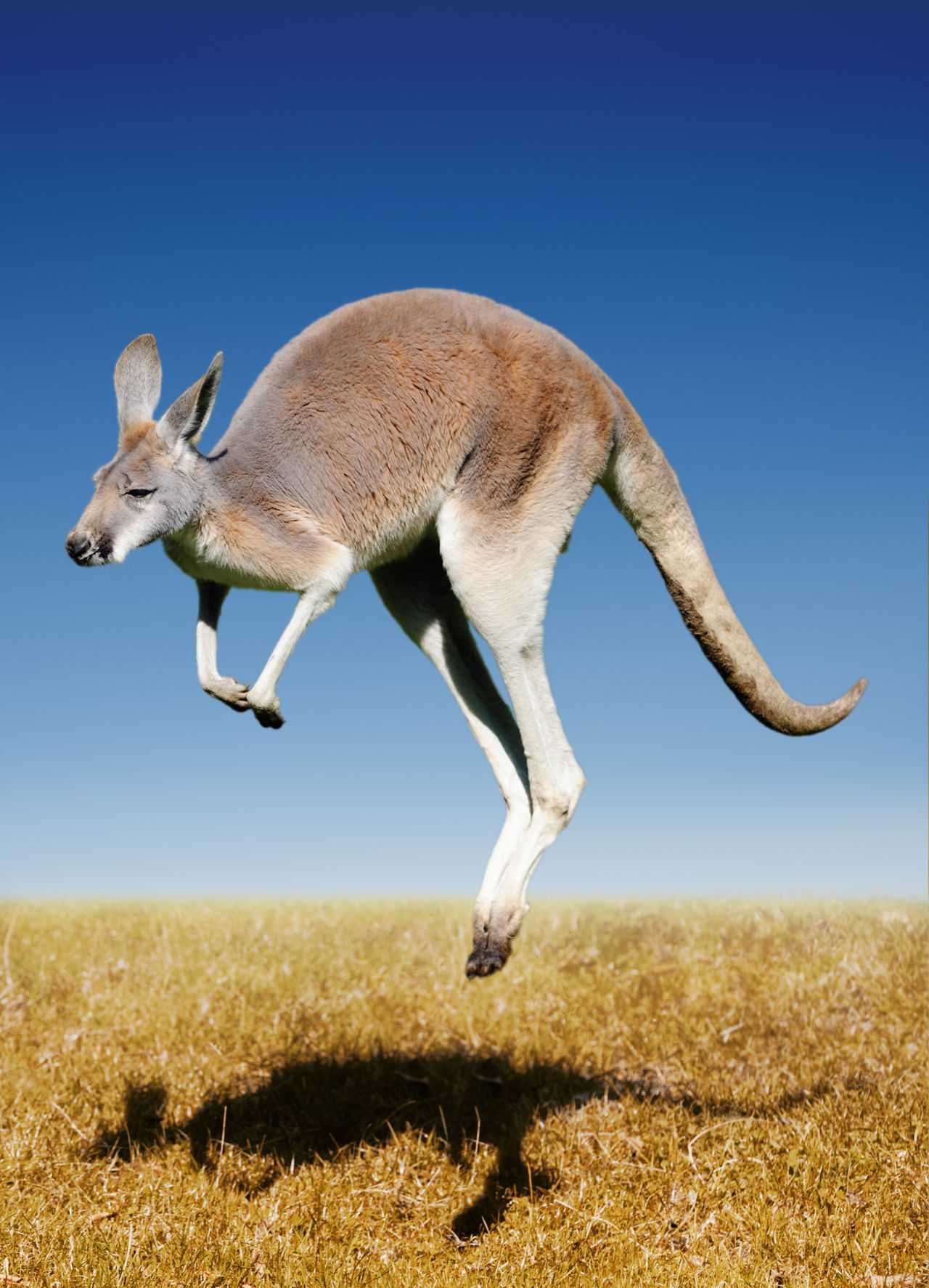
Embryo is born at an immature stage and develops in the pouch. Young is not exposed to the world until fully developed compared to monotremes. Greater risk for them being preyed on.
MAJOR GROUPING:
Placental Orders

Substances are passed from the mother to the fetus so that it can stay longer in the womb. Placentals are able to transfer nutrients in placenta to young compared to marsupials.
ORDERS: Primates eg; Monkeys

-omnivore or herbivore
-grasping hands or feet
-forward facing eyes
-well developed cerebral cortex
ORDERS: Carnivora eg; Lions
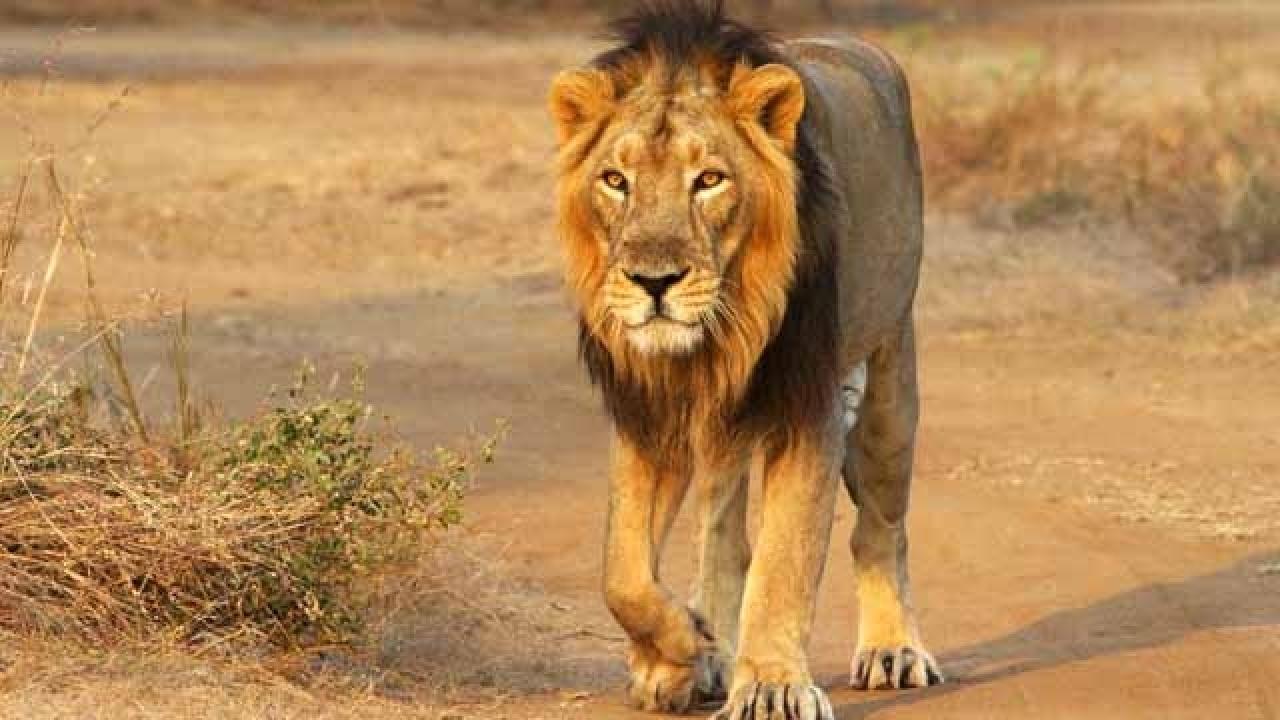
-carnivores
-sharp, pointed canine teeth and molars for tearing and chewing food
ORDERS; Rodentia eg; rats
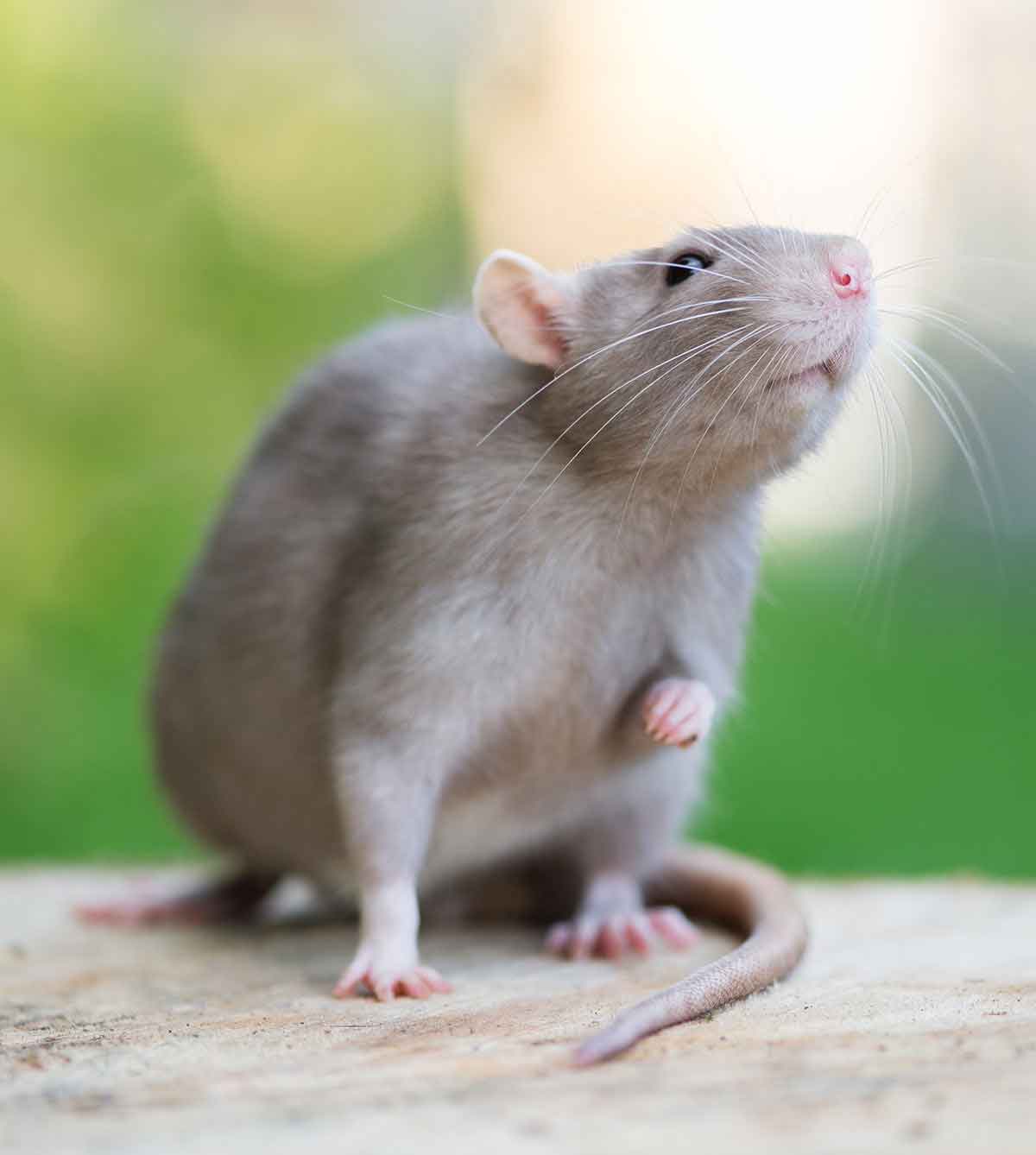
- chisel like, continuously growing incisor teeth
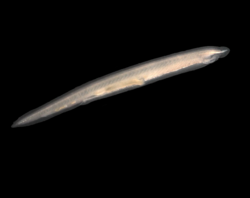
Cephalochordates
Annelids
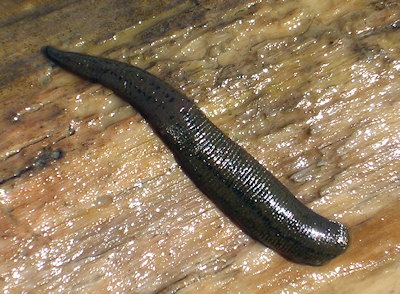
Leeches
Arthopods

Lobsters
Crustacea
Malacostraca (eg; SHRIMP)

Maxillopoda (eg; BARNACLE)

Branchiopoda (eg; WATER FLEA)
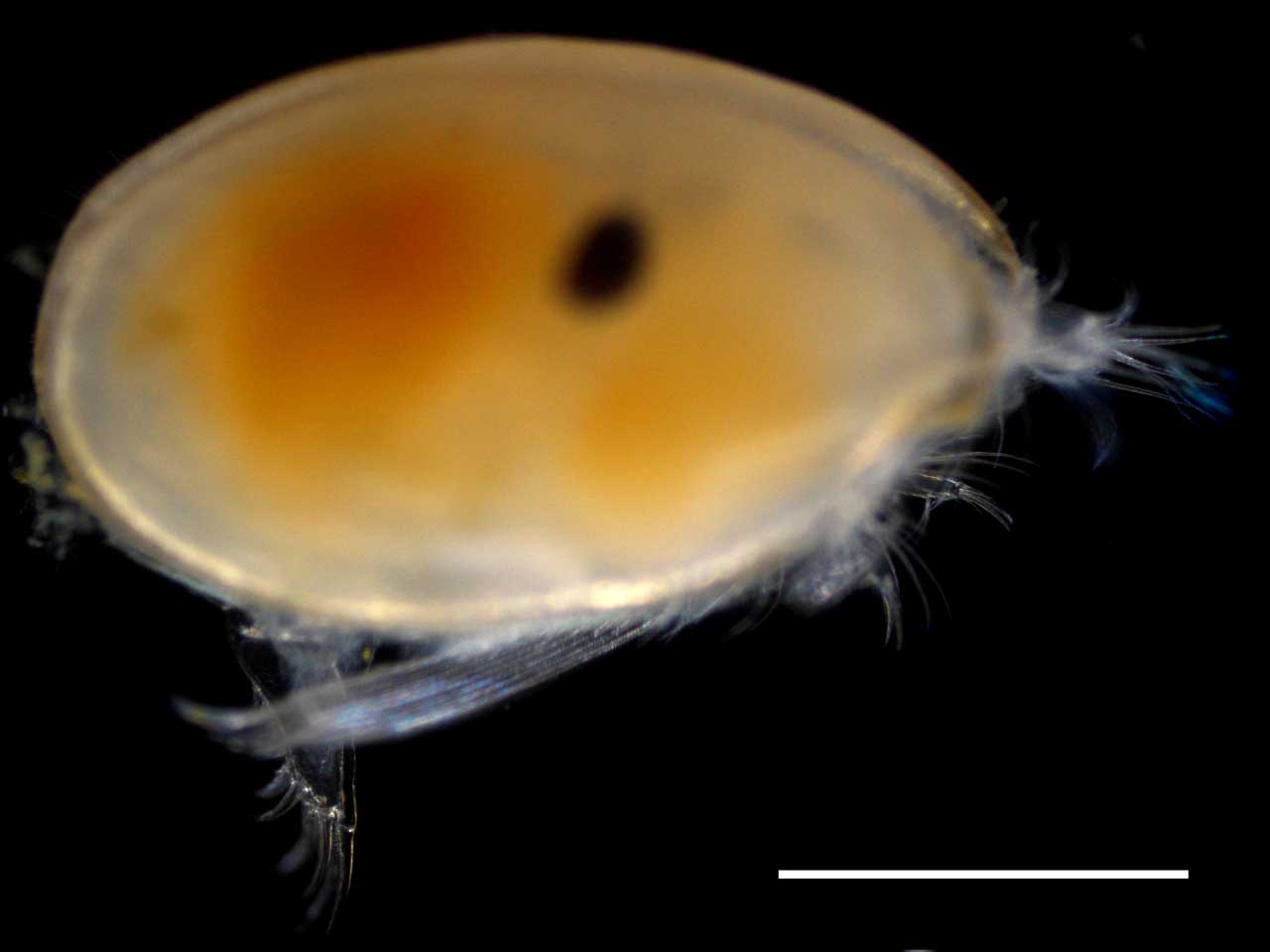
Ostracoda (eg; MYODOCOPA)
Myriapoda

Centipedes (eg; HOUSE CENTIPEDES)

Millipedes (eg; JULIDA)

Pauropoda (eg; PAUROPODS)

Chilopoda (eg; scolopendridae)
Hexapoda

Insecta (eg; ANT)

Entognatha (eg; SPRINGTAIL)
Chelicerates

Arachnida (eg; TARANTULA)

Merostomata (eg; HORSHOE CRAB)

Pycnogonida (eg; SEA SPIDER)
Echinoderms

Starfish
